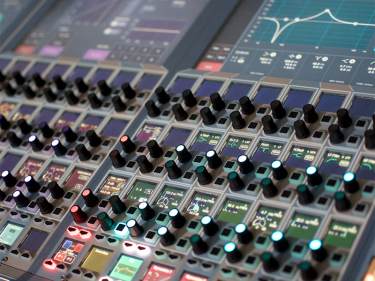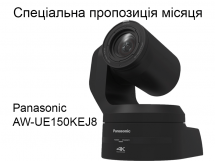| Українська | English | |||||||||||
|
|||||||||||
| News | About company | Service-centre | OB Van/SNG Rental | NextGen Energy Solutions | Contact us |
|
|
Engineering Service, Inc.
» News News One of the biggest differences between professional and consumer electronics designs is the life-cycle. Whilst most people change their phone every couple of years, a professional system, for example in pro-audio, has a design life of 10 to 15 years. This fact has big implications for the display choice.
Calrec, a world leader in broadcast audio mixing consoles, was a pioneer in the inclusion of displays in its equipment to improve the level of information available to users and to make the consoles easier to operate. Initially, they used mono LED and LCD displays, and subsequently they were one of the first to introduce colour to allow information to be presented in a clearer, more attractive way. Calrec decided to upgrade the colour screen in its Apollo and Artemis mixing consoles, and presented andersDX with the challenge. Andrew Timme, Product Engineering Manager at Calrec, outlines the project parameters. “Each console has 48-96 fader strips, with up to 9 small 1.1” diagonal displays per strip. Consoles are a big investment for studios, and are often in use for 10 or more years, so lifetime was a key requirement. Viewing angle is a further major issue, as operators sitting at large desks often view the display from the side and below. Finally, the display needed to match the electrical and mechanical characteristics of an existing screen as closely as possible, to minimise the design changes involved.” Looking at the project, the andersDX team saw that the unusual size made this a custom project. Although consoles are made in limited volumes, the number of displays on each console meant the volume was high enough to make a custom TFT solution economic. To address the lifetime requirement andersDX recommended manufacturing on the Truly industrial line. The LED backlights on Truly industrial displays have a rated typical life of 50,000 hours (to half brightness)– that’s eleven years at twelve hours per day. The display itself can last 100,000 hours. “Initially, we ruled out TFT displays because of their comparatively limited viewing angle, but andersDX, with its partner Truly, were able to supply a solution that met the required spec.” continued Andrew Timme. "andersDX were able to achieve the viewing angle needed using IPS technology, which has a 70-85° viewing angle from all four directions. IPS technology offers a lot of other advantages too – better contrast, a deeper black, and a very sharp image. It really is a fantastic looking display technology. Having identified a technology that addressed the main points of Calrec’s requirements, the andersDX team and Truly set to work to create a display that was mechanically and electrically a drop in replacement for the existing display. Discussing the finished solution, Andrew Timme said, “andersDX did a really great job coming up with a drop-in replacement for our existing display. They created a module that was almost exactly the same physical size as the existing display – just very slightly thicker, so that only the very smallest adaptation was needed to the enclosure to accommodate the new display.” He continued, “Display lifetime is an issue with many technologies, but andersDX convinced us that their solution would address our requirements. This has indeed proved to be the case – I’ve had one of their displays switched on 24x7 on my desk for nearly 5 years now and it’s not showing any noticeable degradation in performance.”
« To the list of news |
|
|||||||||||||||||
 |
+38 (044) 593-18-20 +38 (073) 593-18-20 +38 (096) 532-96-82 +38 (095) 532-96-82 Service center Telegram @Engineer_Service |

|
|
|||||
 |
e-mail: engineer-service.tv 15 Vavylovykh str., Kiev, 04060, Ukraine Authorized service centre of Panasonic, Sony, JVC, Fujinon, Canon |
|||||||







